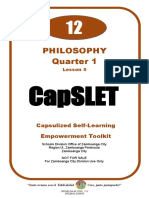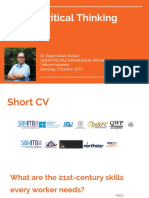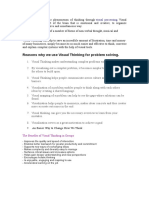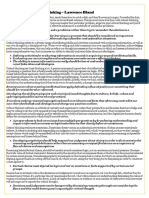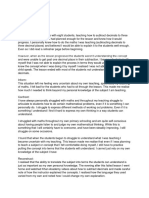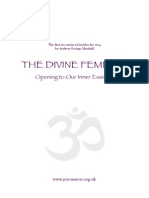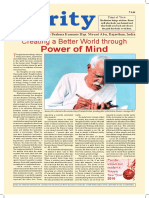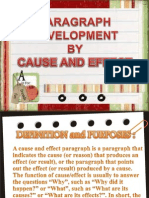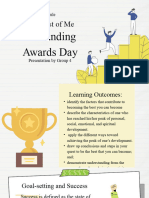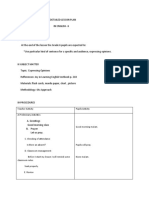0% found this document useful (0 votes)
8 views9 pagesSSTLS - Week 71
The document discusses the Cultural Wealth Model, highlighting various forms of capital such as aspirational, familial, social, navigational, resistant, and linguistic capital that support BIPOC students in a university setting. It also emphasizes the importance of critical thinking, outlining steps for questioning information, challenging assumptions, and forming logical conclusions. Additionally, it introduces the Feynman Technique as a study method and provides resources for effective learning strategies.
Uploaded by
tanishaarorapinkCopyright
© © All Rights Reserved
We take content rights seriously. If you suspect this is your content, claim it here.
Available Formats
Download as PDF, TXT or read online on Scribd
0% found this document useful (0 votes)
8 views9 pagesSSTLS - Week 71
The document discusses the Cultural Wealth Model, highlighting various forms of capital such as aspirational, familial, social, navigational, resistant, and linguistic capital that support BIPOC students in a university setting. It also emphasizes the importance of critical thinking, outlining steps for questioning information, challenging assumptions, and forming logical conclusions. Additionally, it introduces the Feynman Technique as a study method and provides resources for effective learning strategies.
Uploaded by
tanishaarorapinkCopyright
© © All Rights Reserved
We take content rights seriously. If you suspect this is your content, claim it here.
Available Formats
Download as PDF, TXT or read online on Scribd
/ 9































